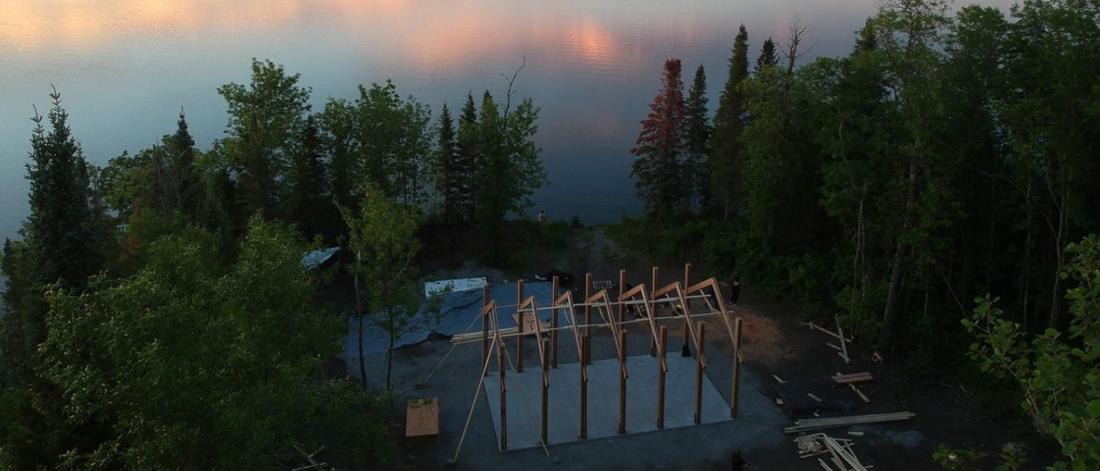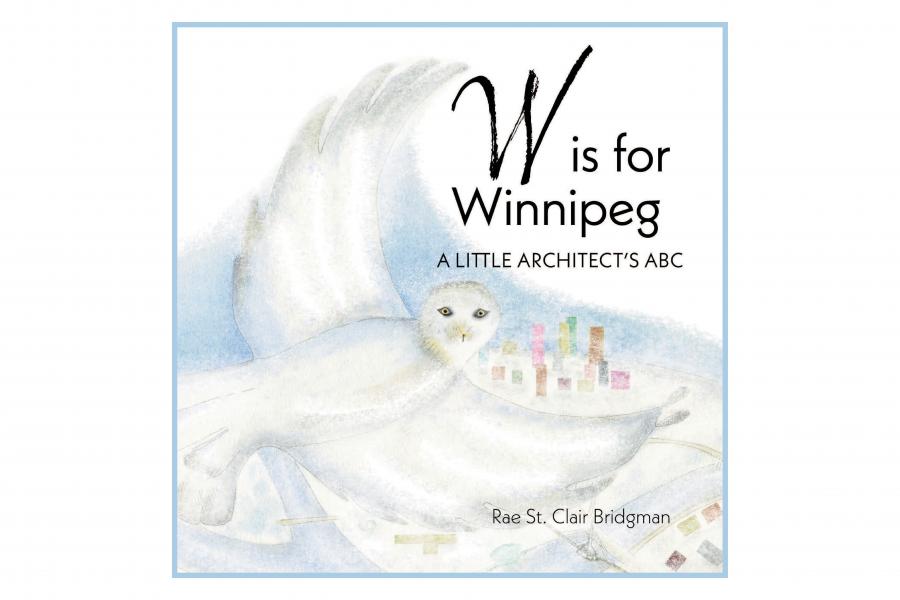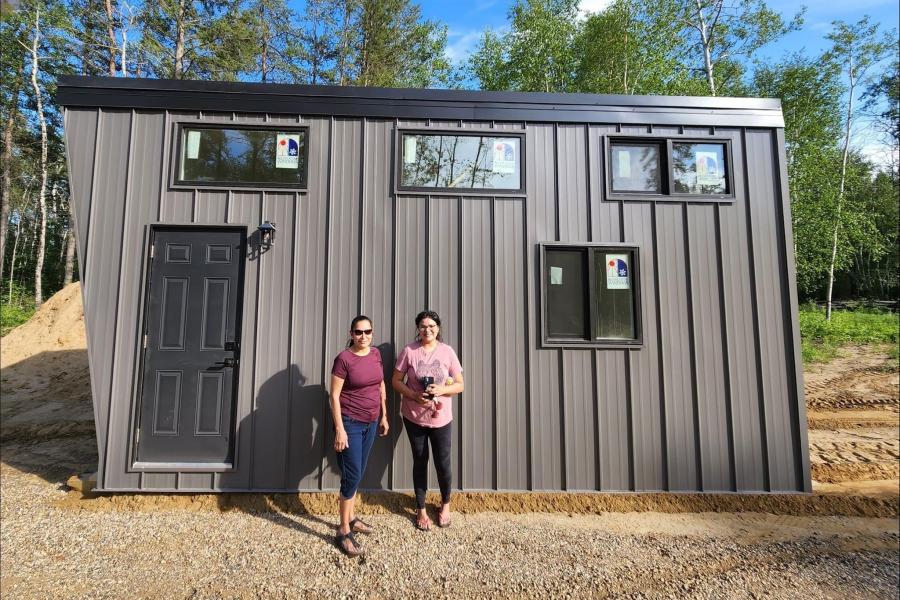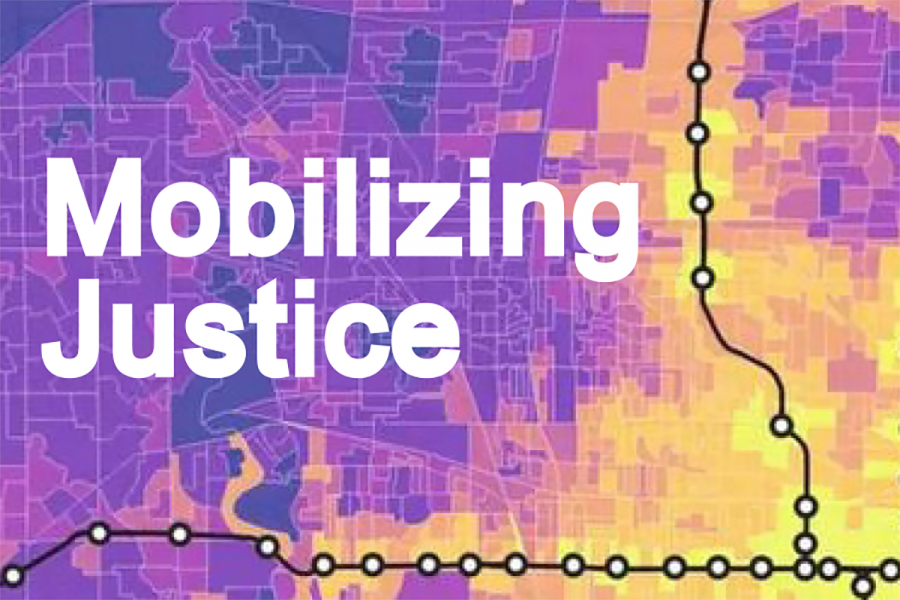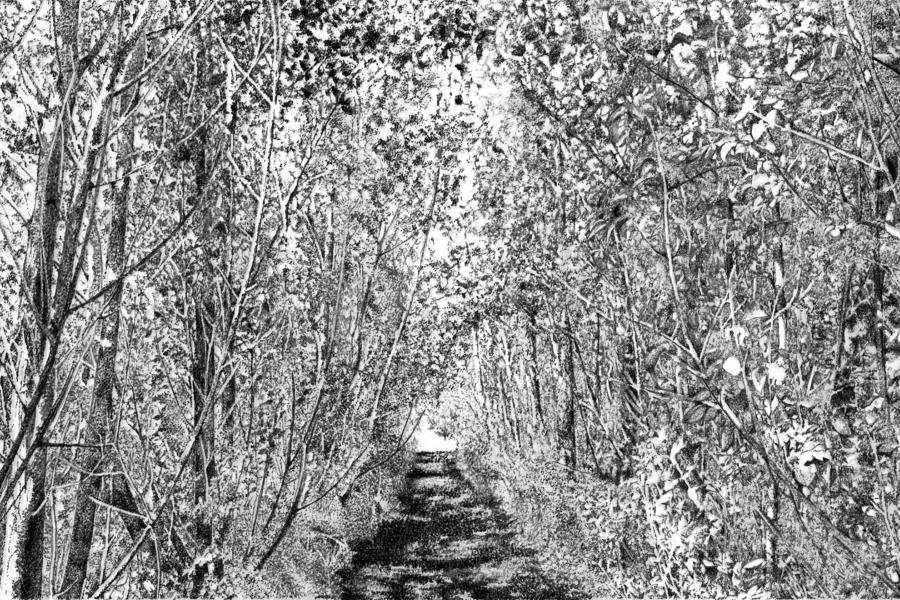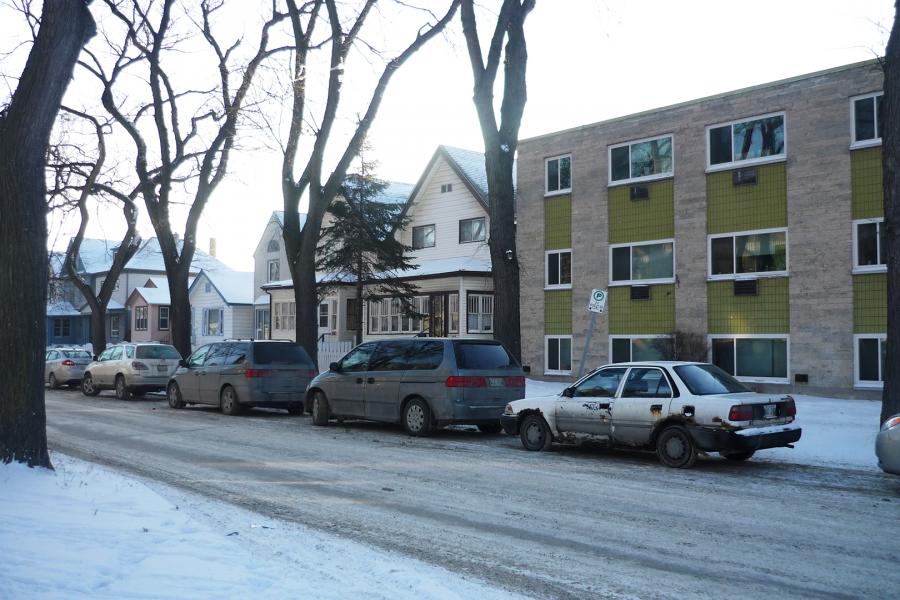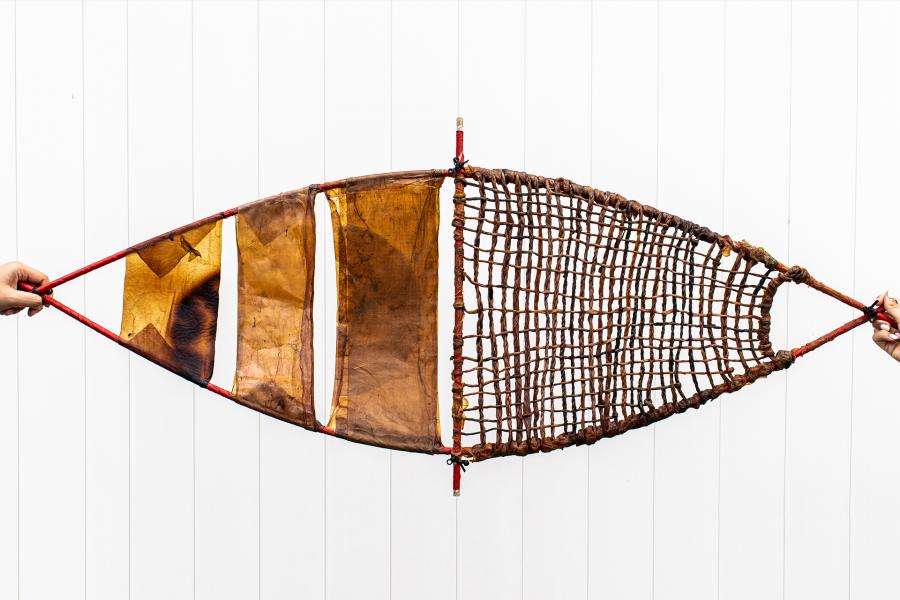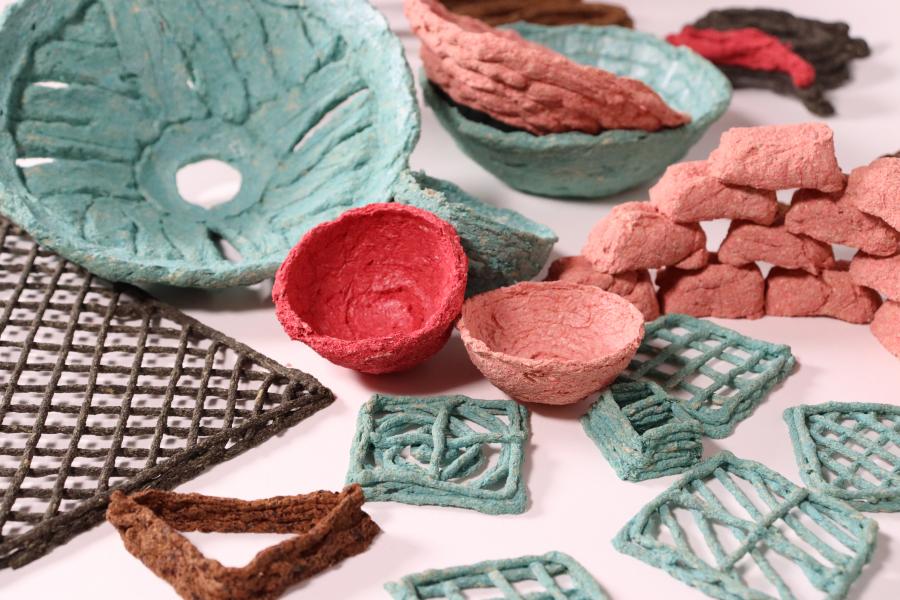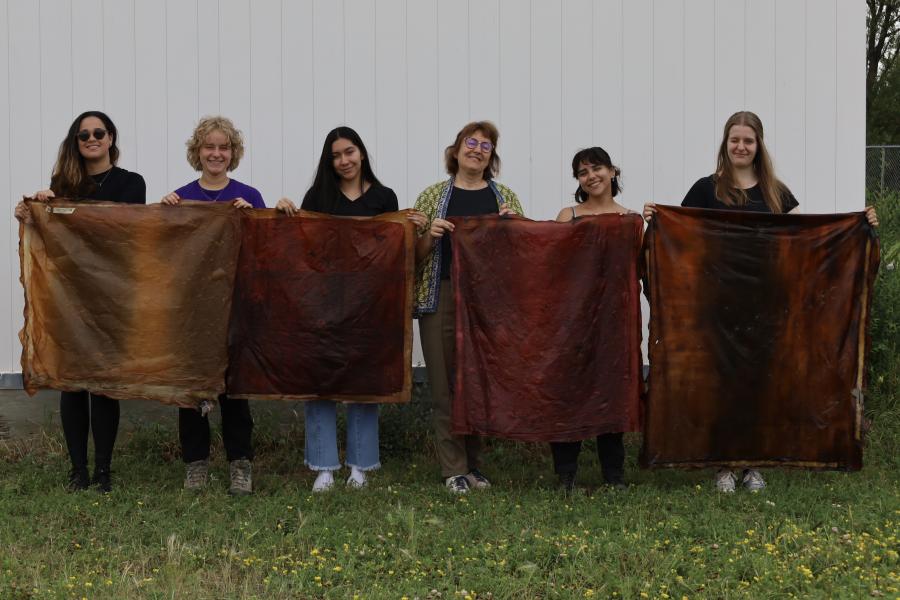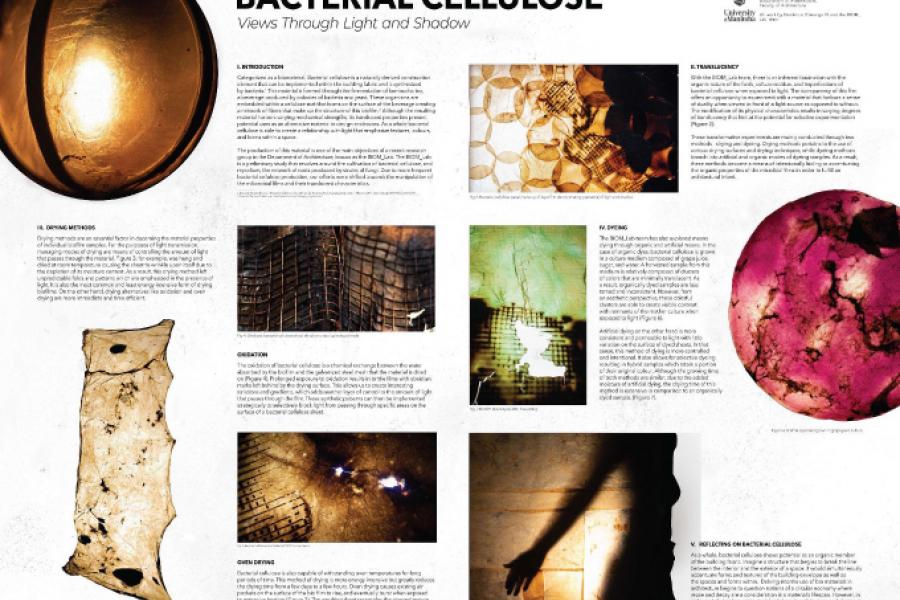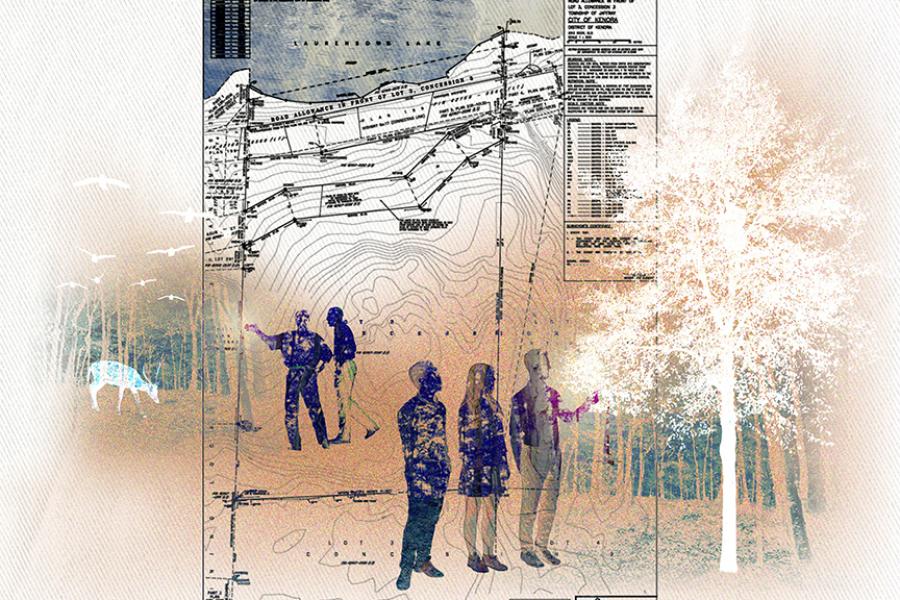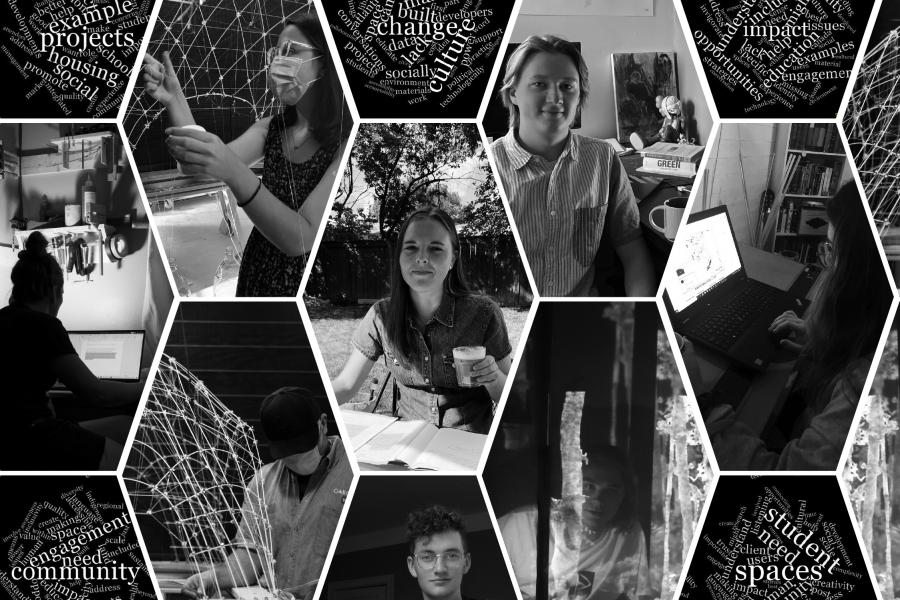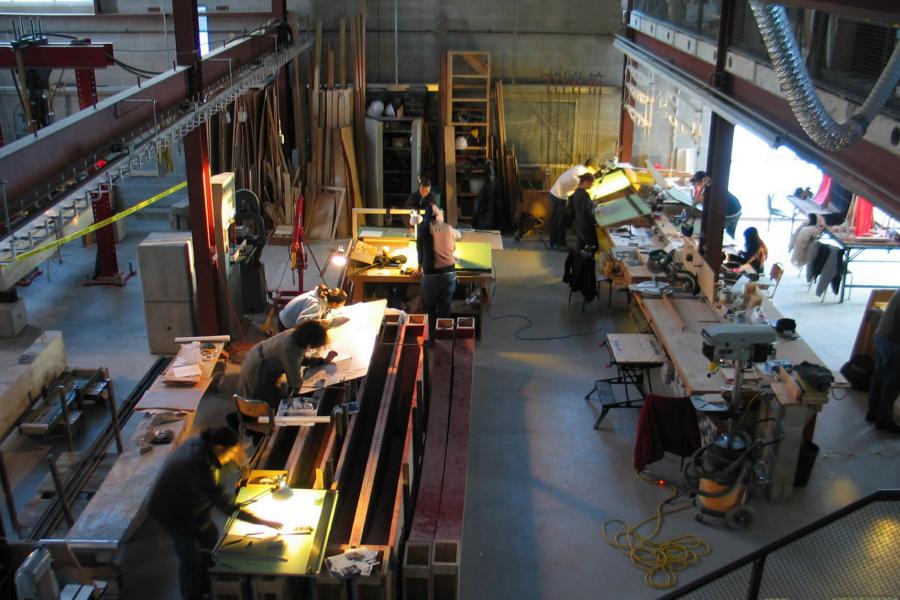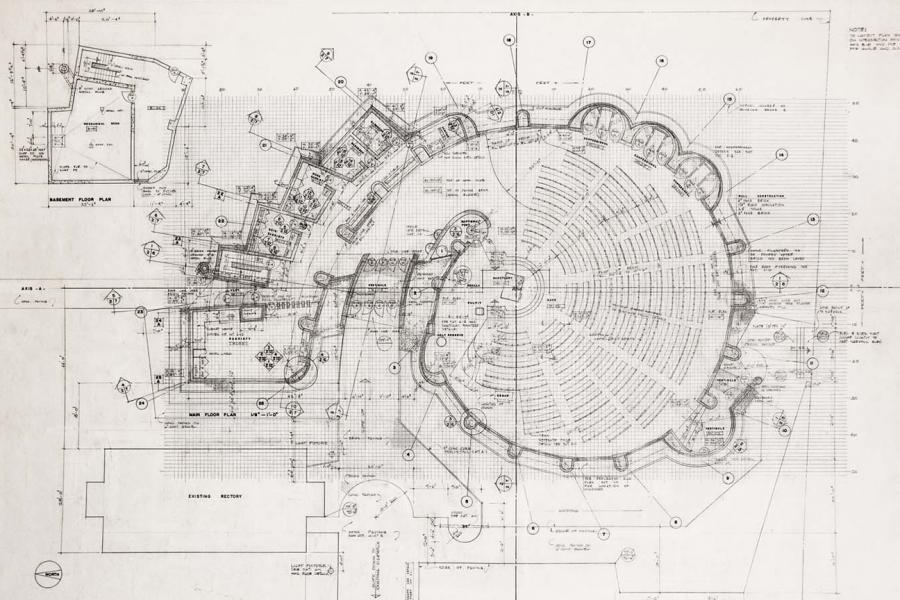Quality in Canada’s Built Environment: Community-Led FN Housing Design
FAUM researchers are part of the $2.5M SSHRC-Partnership, “Quality in Canada’s Built Environment: Roadmaps to Equity, Social Value and Sustainability.” Led by the Université de Montreal’s Canada Research Chair in Architecture, Competitions and Mediations of Excellence, this partnership brings together 14 universities, 70 researchers and 68 public and private organizations to redefine quality while enhancing equity, social value and sustainability.
FAUM researchers include Dr. Shauna Mallory-Hill (PI), Dr. Mercedes Garcia Holguera, Prof. Shawn Bailey, along with Dr. Shirley Thompson (NRI) and Sylvia McAdam (Windsor), in studying “Community-Led Pathways to Affordable and Sustainable First Nation Housing; Participatory Planning, Material Innovation & Post Occupancy Evaluation.”
For more, see the Living Atlas of Quality
Mobilizing Justice
Dr. Orly Linovski is part of a five-year multimillion-dollar SSHRC Partnership dedicated to creating a transportation equity policy for Canada.
Led by Dr. Steven Farber at the University of Toronto, Scarborough, Mobilizing Justice involves 33 academics from 6 provinces and 2 states, 14 government agencies, 7 industry partners, and 7 non-profit organizations, all steadfastly committed to addressing transportation poverty.
From 2021-2026, the team will conduct the first national systematic study to measure and describe the Canadian population living with socioeconomic and transport disadvantages, and mobilize findings into action. Dr. Linovski is co-leading the Equitable Community Planning and Engagement theme.
Learn more at Mobilizing Justice.
Manitoba farmstead shelterbelt landscapes: documentations, analyses, stories, creation
Supported by a SSHRC Insight Development grant (2020-2022), this multi-media, research-creation project, led by Prof. Brenda Brown, examines Manitoba’s farmstead shelterbelts as functional, spatial, and sensorial landscape elements and probes their significance to the people who create and live within them. The initial study encompasses site visits, interviews, shelterbelt measurements, species identification, sound and video recordings, spatial diagrams, photographs and other graphic documentation. Student assistants: Michaela Peyson (LARC/graduate), and Emma Dicks and Gel Ilagan (EVLU/undergraduate).
Image: “Between poplar rows,” drawing by Gel Ilagan.
Mindful Modernism(s)
With support of a SSHRC Connections grant (2021-2022), Prof. Kurt Espersen-Peters is co-leading a series of multidisciplinary and intercultural dialogues on “Mindful Modernsim(s),” as part of a national forum hosted by the Canadian Centre for Mindful Habitats. This initiative to examine philosophical, religious and neuro-scientific meanings of “mindfulness” for design, is led in collaboration with researchers at Carleton University and Algonquin College, and additional support from the Royal Architectural Institute of Canada, Interior Designers of Canada, and Ontario Association of Architects. Recordings of the 2021-2022 series are available on online: Mindful Modernsim(s)
Aging in place of ergonomic kitchen design
Co-investigators: Dr. Shauna Mallory-Hill, Department of Interior Design, Faculty of Architecture, and Dr. Jacqueline Ripat, College of Rehabilitation Sciences, Rady Faculty of Health Sciences, with support of graduate students in Interior Design and Kinesiology.
Supported by a Mitacs Cluster Grant (2020-2022), this multi-disciplinary research engages industry partner Décor Cabinets to develop design guidelines for age-friendly kitchens and advance understanding of the ergonomic fit between older adults and kitchen task zones.
This project includes field study of older adults in their home kitchens and the use of a totally adjustable test kitchen located within the “Smart Suite” at the Bannatyne Campus (depicted in the image).
Community-driven solutions to poverty: challenges and possibilities
The Manitoba Research Alliance’s SSHRC Partnership Grant (2020-2027) asks: how do various systems, structures, contexts, ideas and relations work to perpetuate complex poverty, and what are the steps that must be taken to build the social and political power needed to reduce complex poverty? Poor housing contributes to complex poverty; more and improved housing is foundational in anti-poverty efforts. The housing stream, co-chaired by Dr. Sarah Cooper and Kirsten Bernas (Right to Housing coalition), examines various themes including housing advocacy, Rent Assist (a housing supplement program), housing for Indigenous people, the private rental market, and the privatization of social housing. PI: Dr. John Loxley.
Community organizations and emergency planning in the COVID-19 pandemic
Dr. Sarah Cooper, with Justin Grift (M.C.P. student), Katharina Maier (U.Winnipeg), and Shayna Plaut (Canadian Centre for Policy Alternatives / CCPA-Manitoba)
This year’s CCPA State of the Inner City report, examines the impact of COVID-19 on Winnipeg’s inner city. COVID-19 has highlighted long-standing gaps in access to basic needs and expanded understanding of necessities for survival. While community organizations are well-placed to address local emergencies, the all-encompassing nature of the pandemic requires new strategies. This research, supported by Mitacs Accelerate (2020-21), asks how community-based organizations continue to deal with everyday crises in vulnerable neighbourhoods, while responding to the extraordinary challenge of COVID-19 emergency, deriving lessons in planning from the crisis.
Northern sustainability teaching lodges in remote First Nation communities
This SSHRC-supported Mino Bimaadiziwin Partnership (2018-2023) builds networks and capacity with northern Indigenous communities to address housing and food crises in First Nation reserves. The project is led by Dr. Shirley Thompson (Natural Resources Institute), and involves dozens of interdisciplinary researchers, including Shawn Bailey, Lancelot Coar and Dr. Shauna Mallory-Hill in the Faculty of Architecture, as well as several Manitoba academic and industry partners, and multiple First Nation organizations, including Garden Hill First Nation, Wasagamack First Nation and the Island Lake Tribal Council (ILTC).
Learn more about Mino Bimaadiziwin.
Looking at animals, looking at people
Kamni Gill (lead researcher), with Mark Meagher and student Matthew Glowacki.
What should the relationship between humans and animals be within an ecological network of animate and inanimate nature? Historically, designed landscapes articulated socio-cultural relationships of people to animals, both wild and domesticated. The same consideration can reshape public spaces to foster fruitful co-existence of animals and urban dwellers in a time of diminishing biodiversity and mass extinction. This research records wild animals in a Winnipeg neighbourhood through a concentration of infrared cameras and resident narratives, revealing how animal lives run parallel to human activities. Supported by the University Research Grants Program (2020-2022).
Learn more about Wild Winnipeg.
Designing with Biomaterials
Dr. Mercedes Garcia Holguera is leading a study on “Designing with biomaterials: A pathway towards resilient architecture in Northern Canada” (2022-2024), with support from a New Frontiers in Research Fund, Exploration stream ($211,875.00).
The study explores how bio-based materials, using agricultural and industrial waste, can help reduce resource extraction and optimize hygro-thermal performance of wall assemblies for northern climates. The research aims to support circular economies, reduce construction waste and energy use, and improve access to affordable housing.
With Co-Principal Investigator Dr. Miroslava Kavgic (University of Ottawa) and Co-applicant, Prof. Shawn Bailey (Indigenous Scholar in Architecture and Price Faculty of Engineering).
Photography and the built environment
Susan Close
This database and book project examine relationships between design and photography as a social practice and tool of cultural analysis. Exploring themes of placemaking, mise-en-scene, narrative, settlement, surveillance and social activism, photographic works are organized into three categories: Histories and Narratives; De-categorizing and Metaphor; and Issues and Agency. Supported by the University of Manitoba Undergraduate Research Award and student assistance from Hanna Hendrickson-Rebizant and Lindsay Mamchur. (Ongoing since 2019).
Learn more about Photography and the built environment
